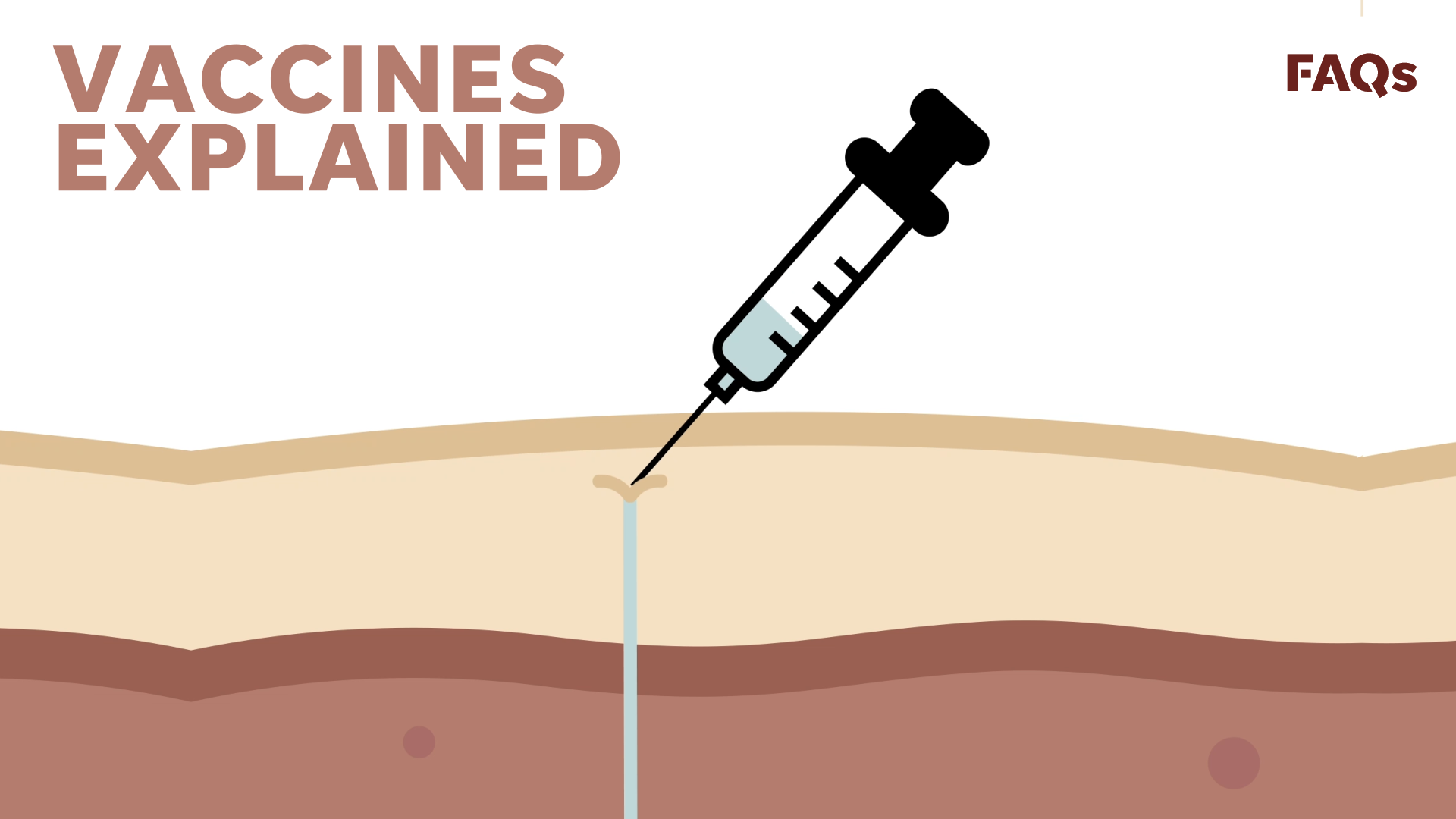

The federal price paid per dose has generally increased over time, with the highest price paid for the most recent bivalent, or updated, boosters. (See Figure 1 below and Tables in Appendix.) Subsequent federal government purchases were made at a higher price per dose, with a weighted average across these purchases of $20.69. In total, the federal government has made six different bulk purchases from Pfizer, totaling 655 million doses, and five bulk purchases from Moderna, totaling 566 million doses, for a total of 1.2 billion doses. This guaranteed an advance market for these vaccines, should they prove safe and effective and receive emergency use authorization (EUA) from the Food and Drug Administration (FDA), as each did in December 2020. In mid-2020, months before any COVID-19 vaccine was yet authorized or had even completed clinical trials, the federal government purchased an initial 200 million vaccine doses from Pfizer and Moderna (100 million each), at a price of $19.50 per dose and $15.25 per dose, respectively. The federal government has so far purchased 1.2 billion doses of Pfizer and Moderna COVID-19 vaccines combined, at a cost of $25.3 billion, or a weighted average purchase price of $20.69 per dose. (97% as of March 2 2) and approximately 80% of all federal funding spent on COVID-19 vaccines. While four COVID-19 vaccines have been authorized or approved for use in the United States, we focus our analysis only on Pfizer and Moderna vaccines, which account for almost all doses administered in the U.S. Specifically, we compare the average price paid by the federal government for the COVID-19 bivalent boosters to the estimated average commercial prices that have been suggested by manufacturers, and calculate an overall cost for purchasing vaccines for the adult population (ages 18 and older) across different scenarios of vaccine uptake (we only estimate costs for purchasing a single vaccine dose under different population uptake scenarios though it is possible that additional boosters will be needed on an annual or some other regular basis). Here, we illustrate the potential total cost of Pfizer and Moderna COVID-19 vaccines, based on their publicly-announced expected prices, once they enter the U.S. Still, the cost of purchasing vaccines for the population is likely to rise on a per dose basis, though the extent to which it affects total health spending is dependent on vaccine uptake and any negotiated discounts, among other factors.


Ended secret government spending. vaccine makers free#
Elsewhere, we have analyzed the implications of commercialization for access to and coverage of COVID-19 vaccines, finding that most, but not all, people will still have free access.

This means that manufacturers will be negotiating prices directly with insurers and purchasers, not just the federal government, and prices are expected to rise. However, last year, the Biden Administration announced that it no longer had funding, absent further Congressional action, to make additional purchases and it began preparing for the transition of COVID-19 vaccines to the commercial market. The federal government has spent more than $30 billion 1 on COVID-19 vaccines, including the new bivalent boosters, incentivizing their development, guaranteeing a market, and ensuring that these vaccines would be provided free of charge to the U.S. Editor’s Note: This brief was updated on Mato reflect recent price announcements by Moderna and the release of the President’s FY 2024 budget request.


 0 kommentar(er)
0 kommentar(er)
